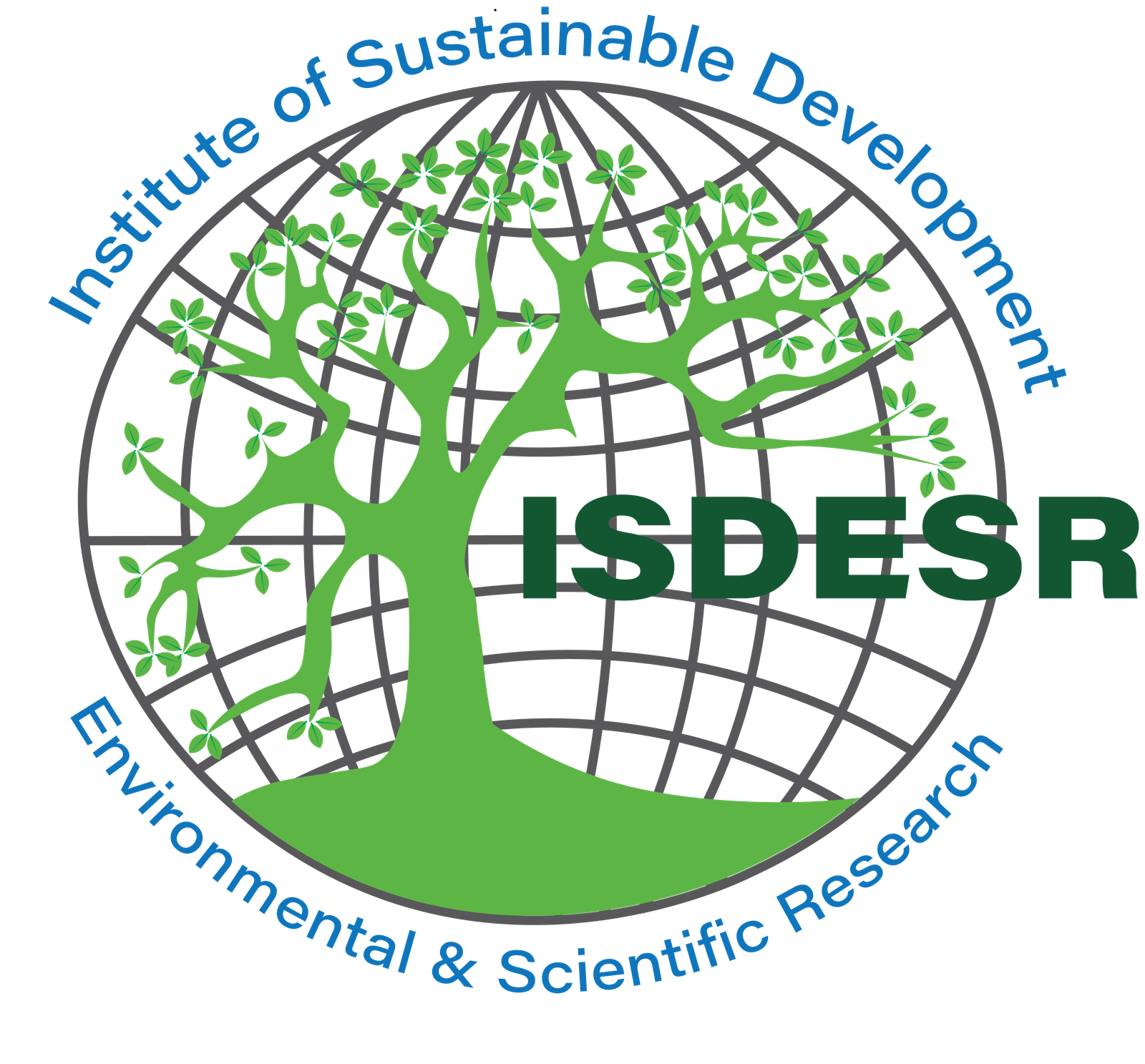Volume 10 (01), January 2024
TRADITIONAL LAND DISPUTE SETTLEMENT AND INFRASTRUCTURE FOR PEACE IN GHANA
AUTHOR
Amoah Emmanuel Badu
ABSTRACT
The conflict resolution process and content in every society have been the ingredients of a social contract based on individual effort to make its instructive value the greatest measure to ensure sustainable peace on land matters. The infrastructure for peace concept and traditional land dispute settlement have emerged as evolving ontological and methodological approaches to arriving at a sustainable peace slant. The purpose of this review paper is to conceptualize weak states and infrastructure for peace and constructivist theory on traditional land dispute
settlement in a manner that is more trustworthy, equitable, just, and fair, which provides means to reduce land conflict, and finally create a platform for African writers to critique infrastructure for peace with traditional land dispute settlement in African realities. The method for the study is purely qualitative data from interviews and observation. The findings were that the values of infrastructure for peace were the creation of an early warning system that can influence and provide an early response to conflict, collaboration, and cooperation of all states in one system using the local approach to resolve land conflict or dispute. The two approaches collaborate on the structures that can prevent, manage, resolve, and ensure sustainable peace using bottom-up approaches from weak states theory and the constructivist paradigm to bring out the infrastructure for peace on land. The use of technology and African conflict reconciliation and reintegration would help social bonds out of the adjudication process, which is more antagonistic. Lastly, the structure is familiar and easily supplements land disputes that have dominated our legal and rational dispute settlement and traditional authority in a more trusted and collaborative manne .
